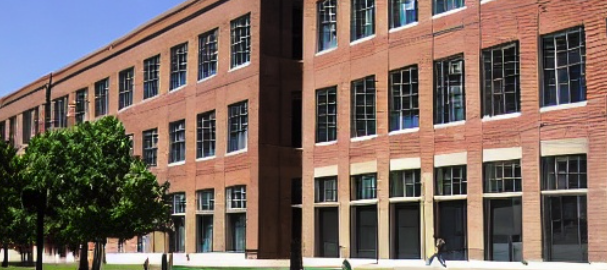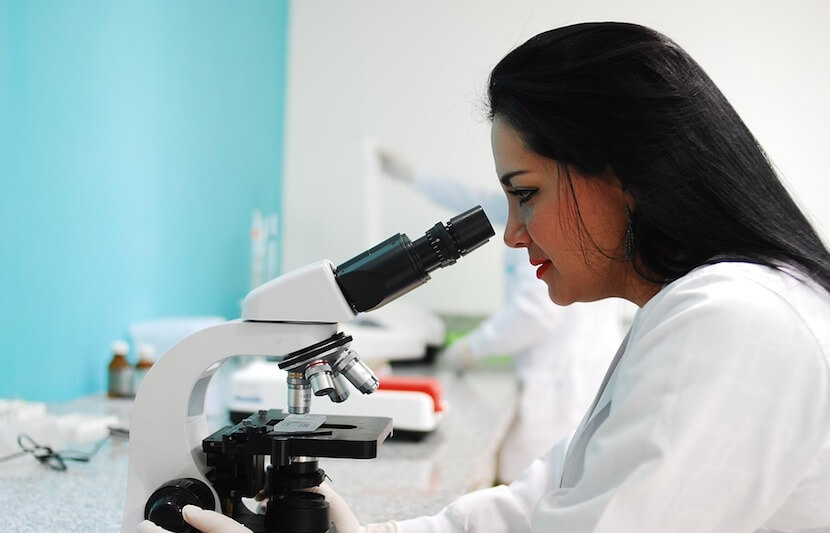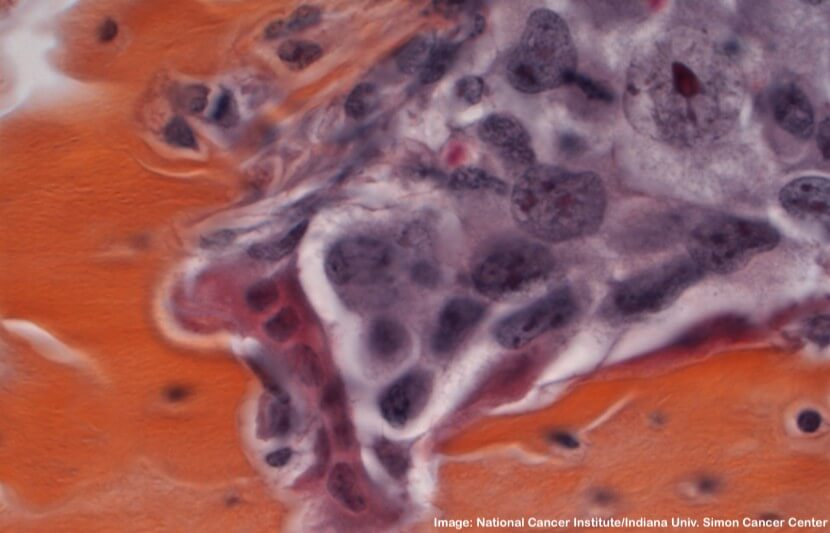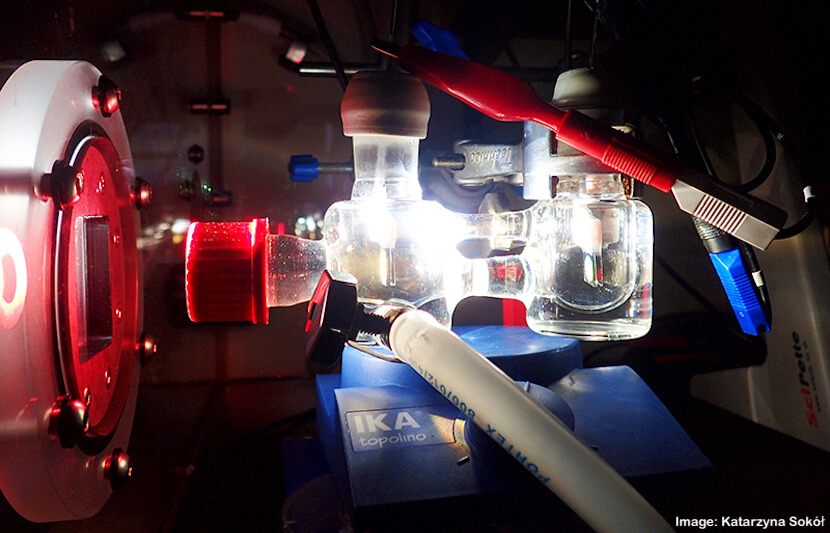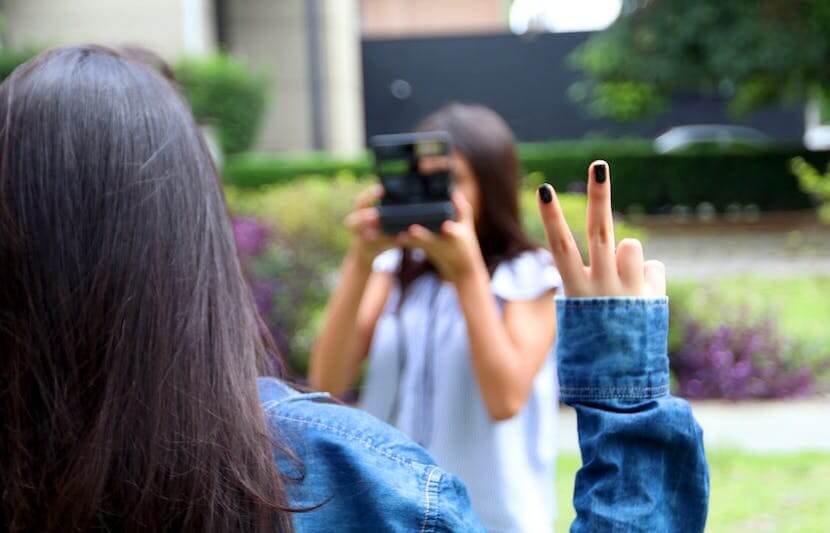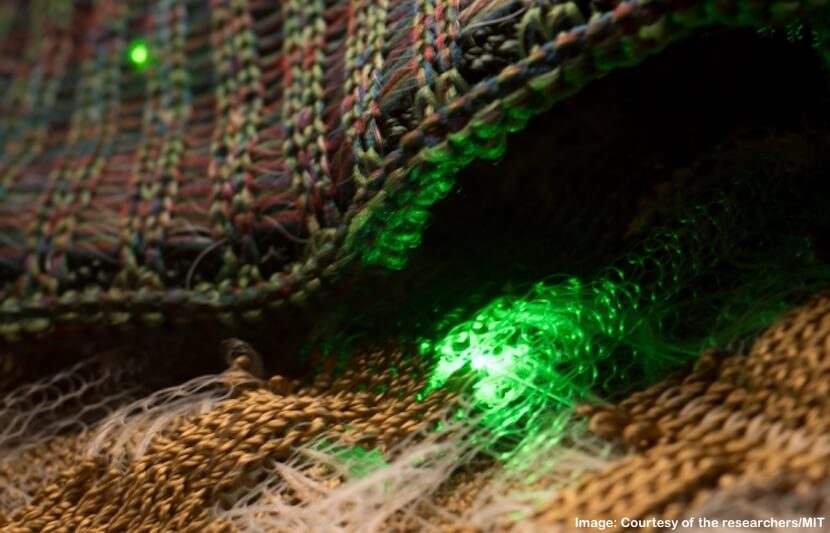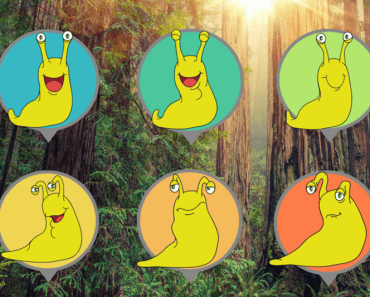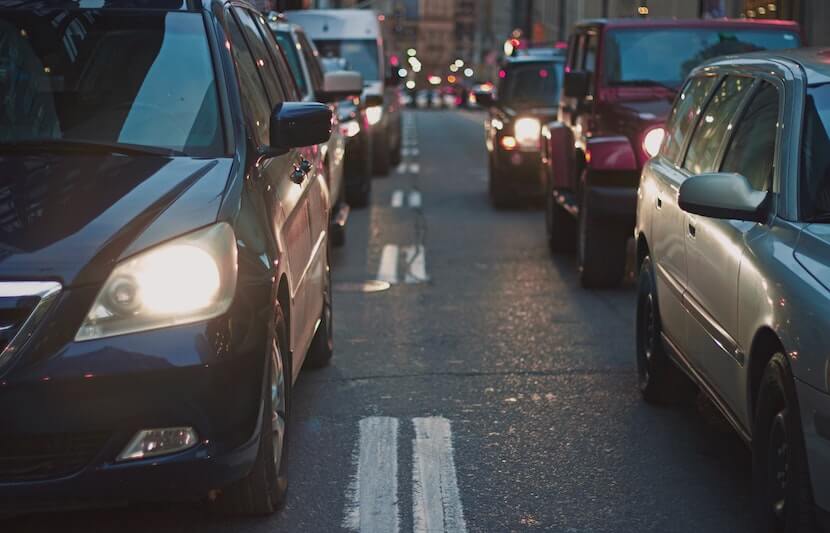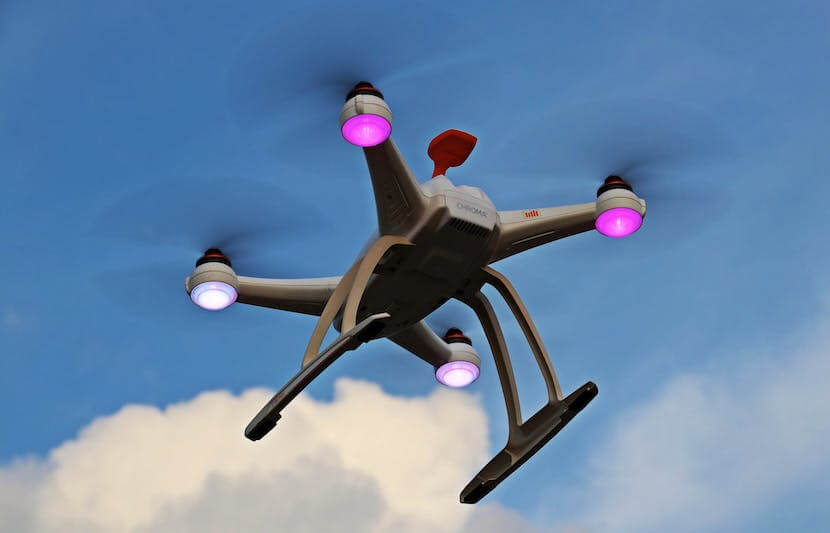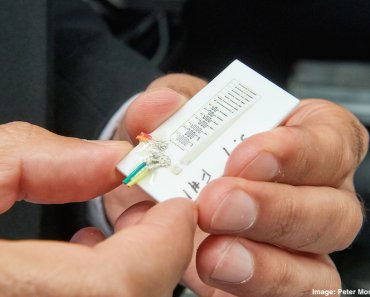-
Gender Inequality in STEM and How We Can Solve It
As a topic, gender equality in the workplace has gained significant traction in recent years. As a reality, gender equality in the workplace has a long and necessary way to go. Gender inequality in the workforce continues to be an issue around the world, and a new report by a group of international female scientists… Read More
-
Want High Income? Machine Learning Proves Patience Is Key
How can you predict who will have a high income? Of course, that’s a complex question, as there are countless variables, including education level, age, race and others. In a recent study, a team of researchers from Temple University set out for an answer. Their research identified several factors that determine future affluence and ranked… Read More
-
Women Killin’ It in Cancer Research
Cancer is among the leading causes of death worldwide. In 2018, an estimated 1.7 million new cancer cases will be diagnosed in the U.S. alone with over 600,000 people dying from the disease, according the National Cancer Institute. Around 38 percent of American men and women will be diagnosed with cancer at some point in… Read More
-
How Social Media Can Help Us All Agree on Climate Change
It is not breaking news that the U.S. is polarized. While many factors have played into the separation of American ideas, the finger is often pointed at social media. But now, new research from the University of Pennsylvania (Penn) proves that social media can effectively reduce polarization on key issues like climate change. The Penn… Read More
-
Semi-Artificial Photosynthesis: A New Way to Turn Sunlight Into Fuel
Scientists at St. John’s College, University of Cambridge, have developed a new process of converting sunlight into fuel. The team’s “semi-artificial photosynthesis” method utilizes sunlight to split water into hydrogen and oxygen in a lab setting. Their process uses both biological components — an enzyme from algae — as well as man-made technologies, differentiating it… Read More
-
Local Organization Finds Solution to Gun Violence
Gun violence today is, undoubtedly, rampant. Despite the fact that the issue directly surrounds the loss of human life, it, like nearly every subject of conversation, has the U.S. polarized. Some people call for stricter gun laws, while others believe the only solution is to put more guns in the hands of people so they… Read More
-
Detecting Fake News with the Help of an Algorithm
Researchers at the University of Michigan have recently developed an algorithm that can identify fake news stories better than humans. The algorithm uses linguistic clues to differentiate between factual and inaccurate stories. The algorithm could be used by major news aggregators and social media sites like Google News and Facebook to spot and combat misinformation.… Read More
-
‘Smart’ Fabrics: The Future of Technology
Future technology won’t be a device you carry in your pocket, a computer you put in your bag, or a watch you wear on your wrist. Instead, it will be woven into the threads of your shirt and pants. Researchers all over the world are developing “smart” fabrics or textiles that can charge electronics, cool… Read More
-
Friendly Competition Could Eliminate Campus Waste
Sometimes the best way to motivate people is through a little bit of friendly competition. The University of California Santa Cruz (UCSC) is preparing to install touch-screen monitors on dorm buildings that alert students, faculty and staff about how much solid waste they are producing, while encouraging dorms to compete. The screens will feature a… Read More
-
Why Do College Students Waste So Much Food?
A recent study found that college students may have a higher tendency to waste food than other age groups because food-management behaviors haven’t been necessary or learned yet in this stage of life. The study was conducted by researchers at the University of Illinois as a means to understand perceptions and behaviors associated with food… Read More
-
How Universities Are Helping Us Go Solar
Renewable energy is growing. So far in 2018, 70 percent of net global power capacity additions were renewables, according to the 2018 Global Status Report by REN21. A fifth of the world’s energy already comes from renewable sources — a figure that’s only rising. In this transition, solar power stands up front as one of… Read More
-
Why Cars May Be the World’s Biggest Climate Problem
Climate change is upon us. Greenhouse gas emissions have reached an all-time high, and our changing climate has already caused ongoing worldwide megafires, sea level rise, intense heat waves and more. Because climate change knows no bounds, the fight must be a worldwide effort. For years, countries have known that a shift to clean energy… Read More
-
Women Killin’ It in Robotics
Robots have long been imagined in science fiction novels and films, but current technology shows that such machines are no longer a point of fantasy. Now, robots are capable of carrying out extremely detailed tasks — from flying vehicles, to data computation, emergency response and medical assistance. Each day, great strides are made to further… Read More
-
New ‘Smart’ Machine Sensors Alert Users to Smallest Damage
Scientists at the United Technologies Research Center (UTRC) and the University of Connecticut have developed “smart” sensors designed to be embedded into machine parts and alert users of minute damage or wear. The sensors are created using an advanced 3D-printing method called direct write technology. Typically, 3D printing — also known as additive manufacturing —… Read More
-
Antarctic Seas Release Shocking Amount of CO2, Diving Robots Discover
Antarctic winter seas release significantly more carbon dioxide than previously believed, according to new data collected by diving robots in the Southern Ocean. The study, conducted by the University of Washington, the Monterey Bay Aquarium Research Institute, Princeton University and several other oceanographic institutions, used data collected by floating sea drones that monitor the water… Read More

